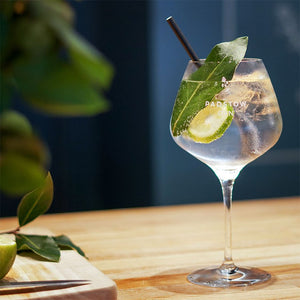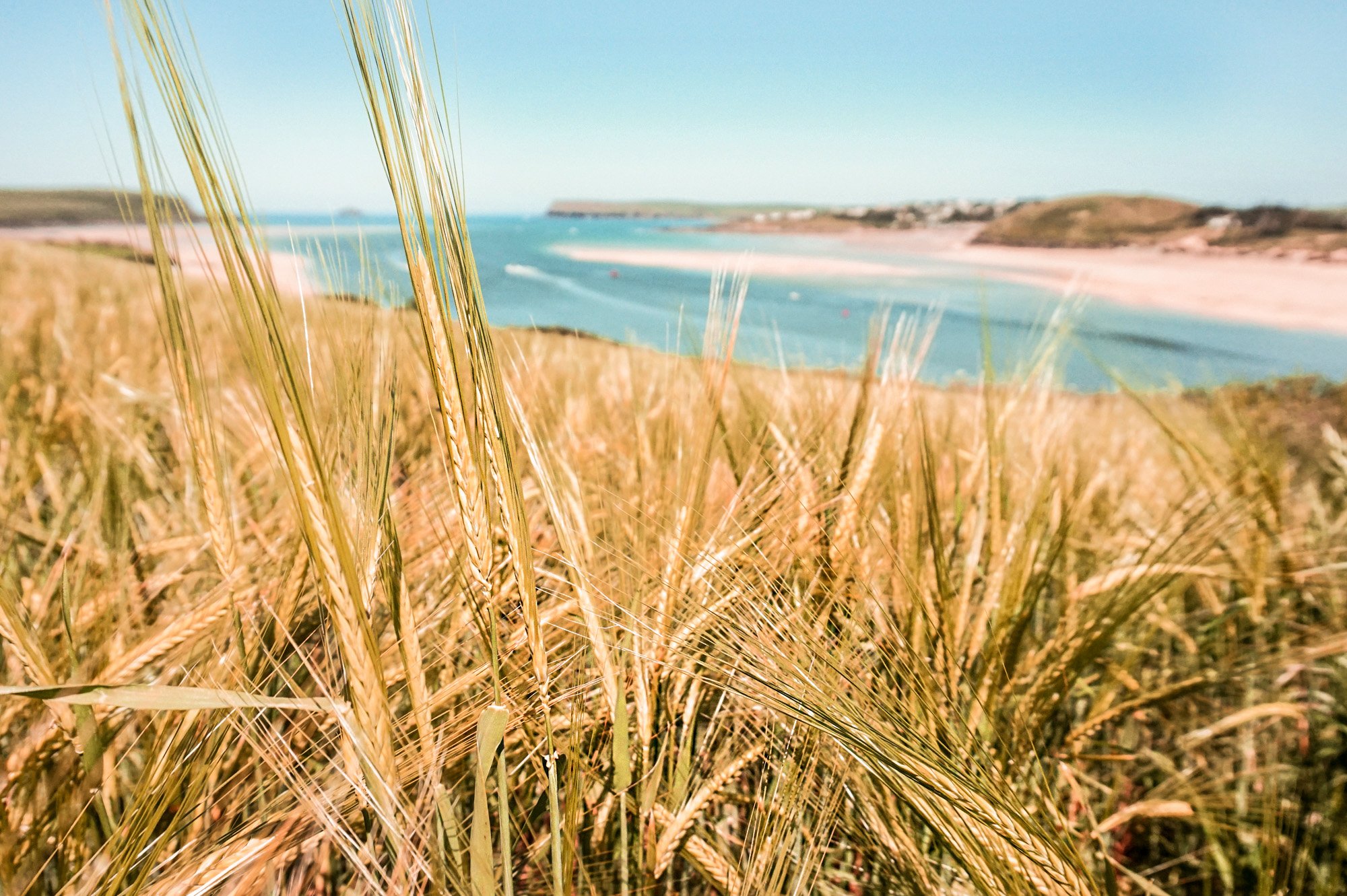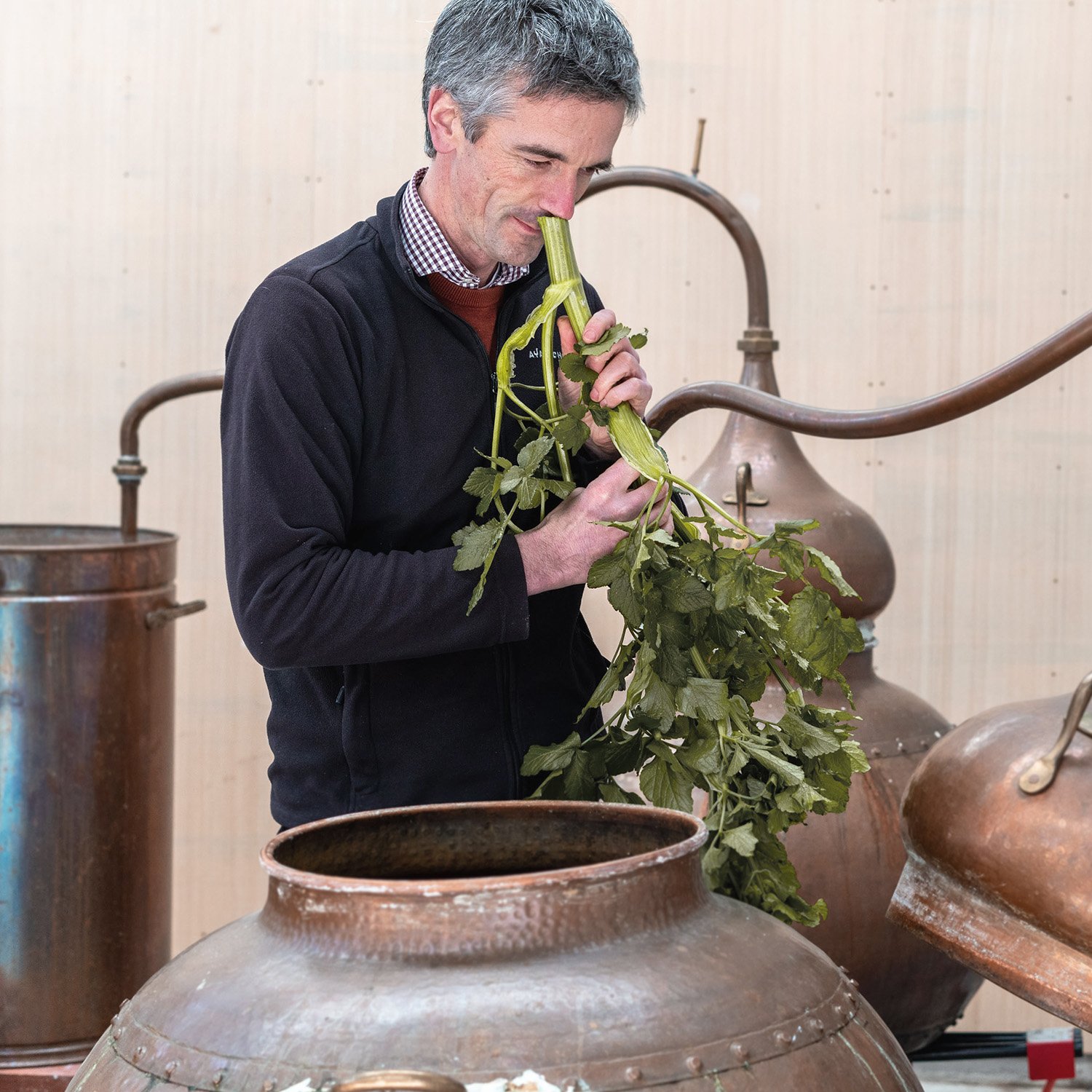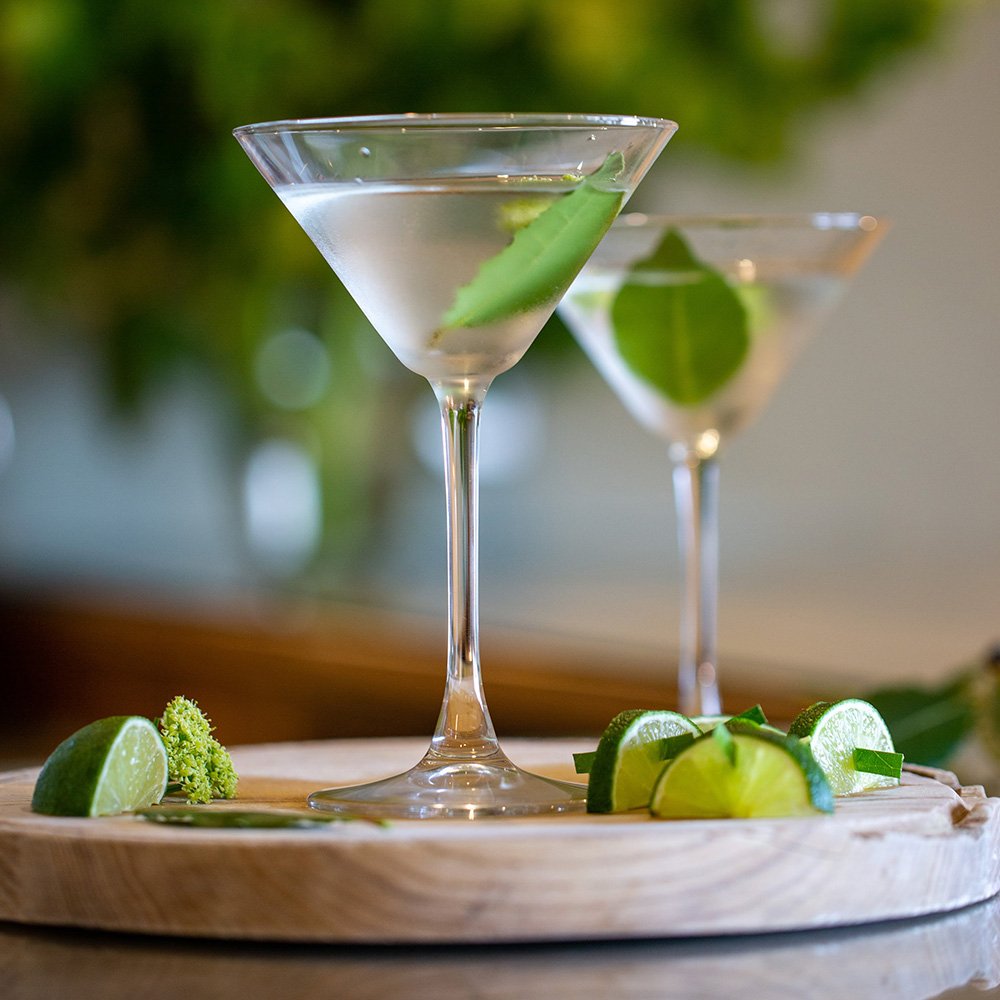WhAT MAKE PADSTOW GIN SO SPECIAL?
Feb 17, 2022
Gin has been a staple spirit in Britain since the 17th century when William of Orange set about ensuring that the most popular drink in the country was made on our soil rather than being imported from the continent. 400 years later and the gin industry in the UK is booming once again with the amount of distilleries on our little island tripling since 2016 and the offerings available to our nation just astounding. So when I decided to take up the gin baton, I knew I had to create something that was different to the hundreds of brands already out there - a gin that would have its own story to stand out amongst the noise…
Juniper berries - an essential part of gin making
Gin is made by taking a neutral spirit and infusing it with botanicals during the distillation process, the essential of those being the juniper berry. Before this happens, the base of a spirit starts with an organic product, usually grain but this can also be molasses, fruit or root vegetables. This undergoes fermentation in water, turning the natural plant sugars to alcohol. It is then distilled in several stages to liquid ethanol at about 96% strength by volume.
Many producers of gin quite legitimately bypass this stage (it's quite a faff), shipping it in from anywhere in the world for their base. It can be 10-20 times cheaper and is used in many day-to-day liquids from fuel to hand sanitizer. This was a route I was keen to avoid as I wanted Padstow Gin to reflect the beautiful geography that surrounds us here in Padstow, much like a winemaker will harness the character of his region through his winemaking.
Golden barley above the Camel Estuary which makes the base of Padstow Spirits
My idea was to use barley grown at Tregirls Farm in Padstow above the Camel Estuary. The farmer Charlie is third generation, farming the finest barley in the fields that are whipped by the sea breezes and rain storms and bleached by the summer sun. The quality of this grain is second to none and that is reflected in the smooth, flavoursome base of the spirits.
After harvest, the barley is taken a short drive towards the south coast to Colwith Farm where it is fermented and distilled. Colwith have state-of-the-art distilling equipment, ensuring that our base is the best possible quality, while the water used in all our spirits comes from a 60m borehole at the distillery.
Alexanders as they start to bloom in early spring in Padstow
There are different styles of gin available such as Old Tom, Plymouth, Genever, and London Dry. Old Tom is typically malty and citrus-sweet while Plymouth is more mellow with less juniper. Padstow Gin however is made in a London Dry style with a juniper-forward flavour, citrus and coriander notes and bottled at 42% 'alcohol by volume' - or abv.
Dissatisfied with using the usual concoction of botanicals in the copper pot-still, I wanted to be creative with the idea of something special which would bring the essence of Padstow into the glass. Since my early years I have walked the coast of Cornwall and would increasingly take note of the sights, the seasons and the scents, so there were several contenders for the recipe. My experience with flavour in food and wine matching gave me a head start, and it is Alexanders that I chose, a plant with a fragrant sweet and spicy scent and taste reminiscent of angelica and fennel. This was the key ingredient I had been looking for and the result is a blend completely unique and echoing the place I love so much.
Thankfully, Padstow Gin isn't just another gin: it's special, and it tastes special. From the North Cornwall coast to the glass, no expense has been spared in its creation, and it is hardly surprising that it delivers a taste of Padstow in every sip.











